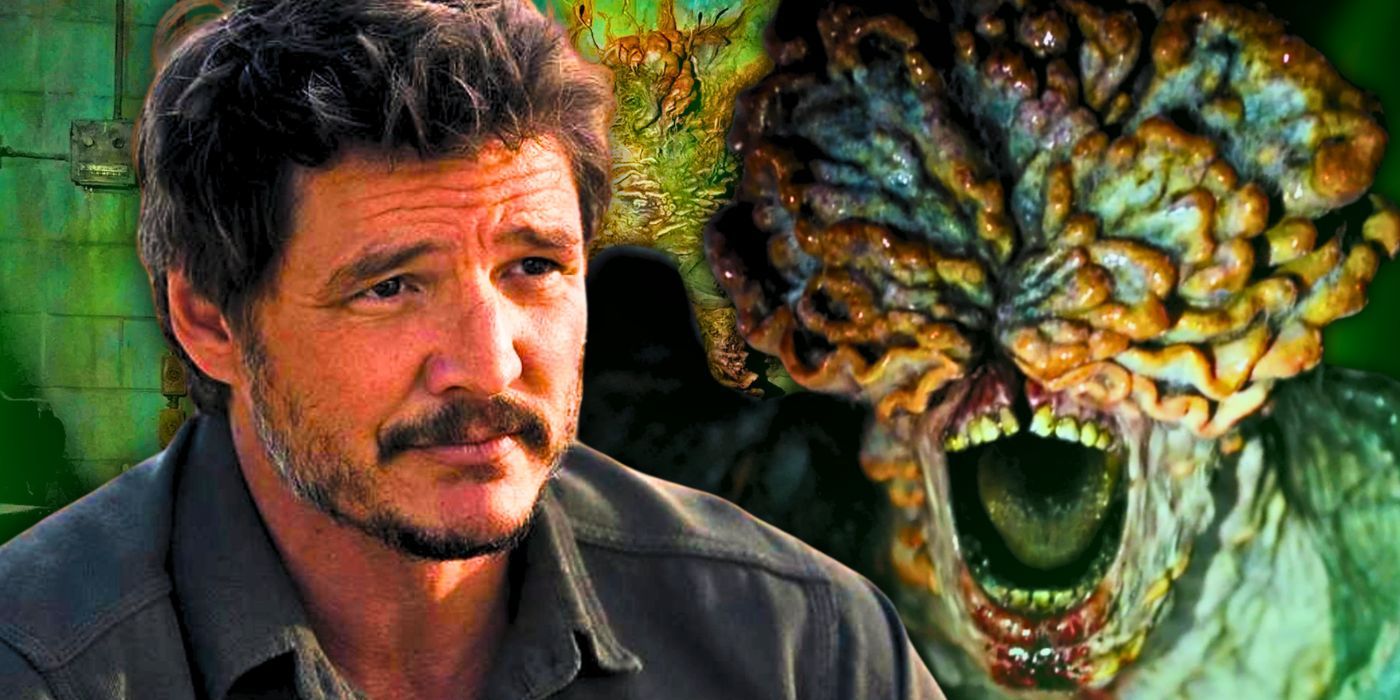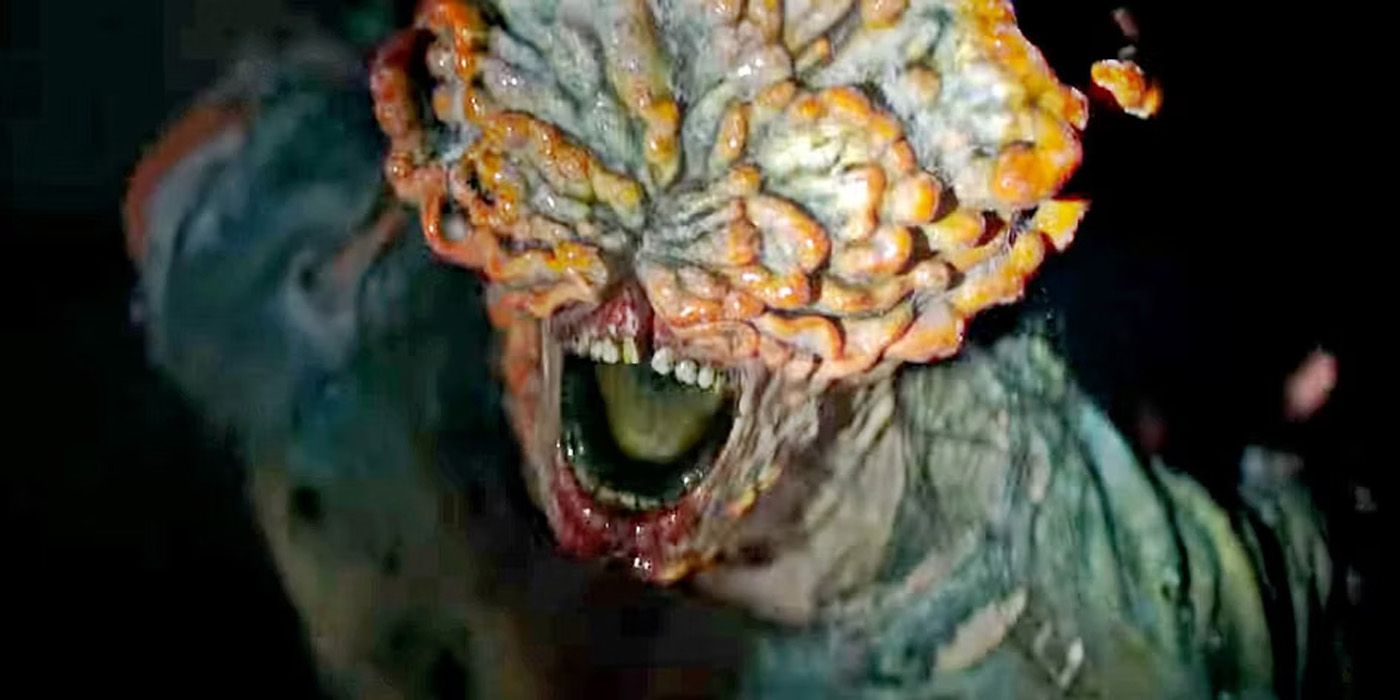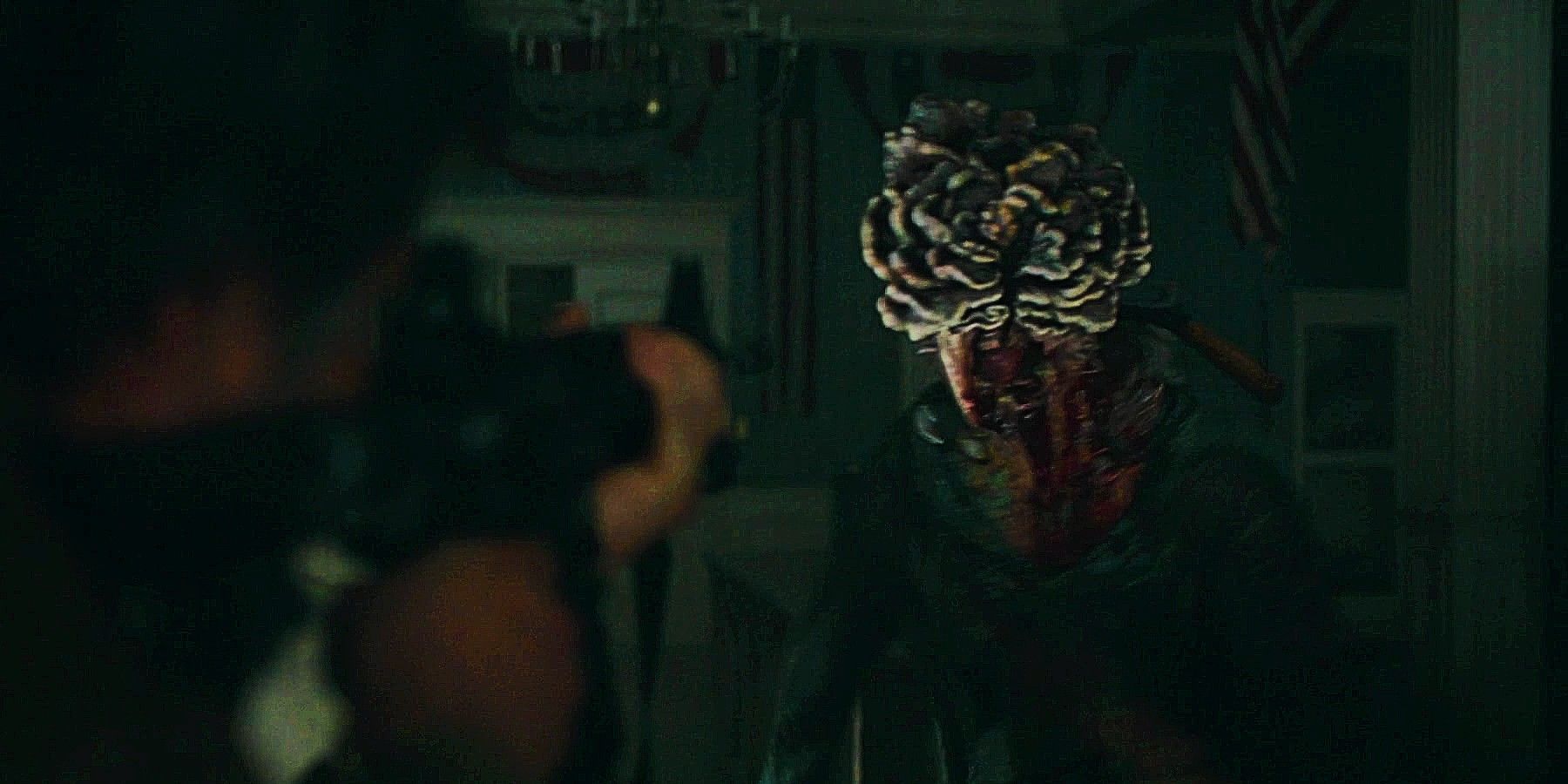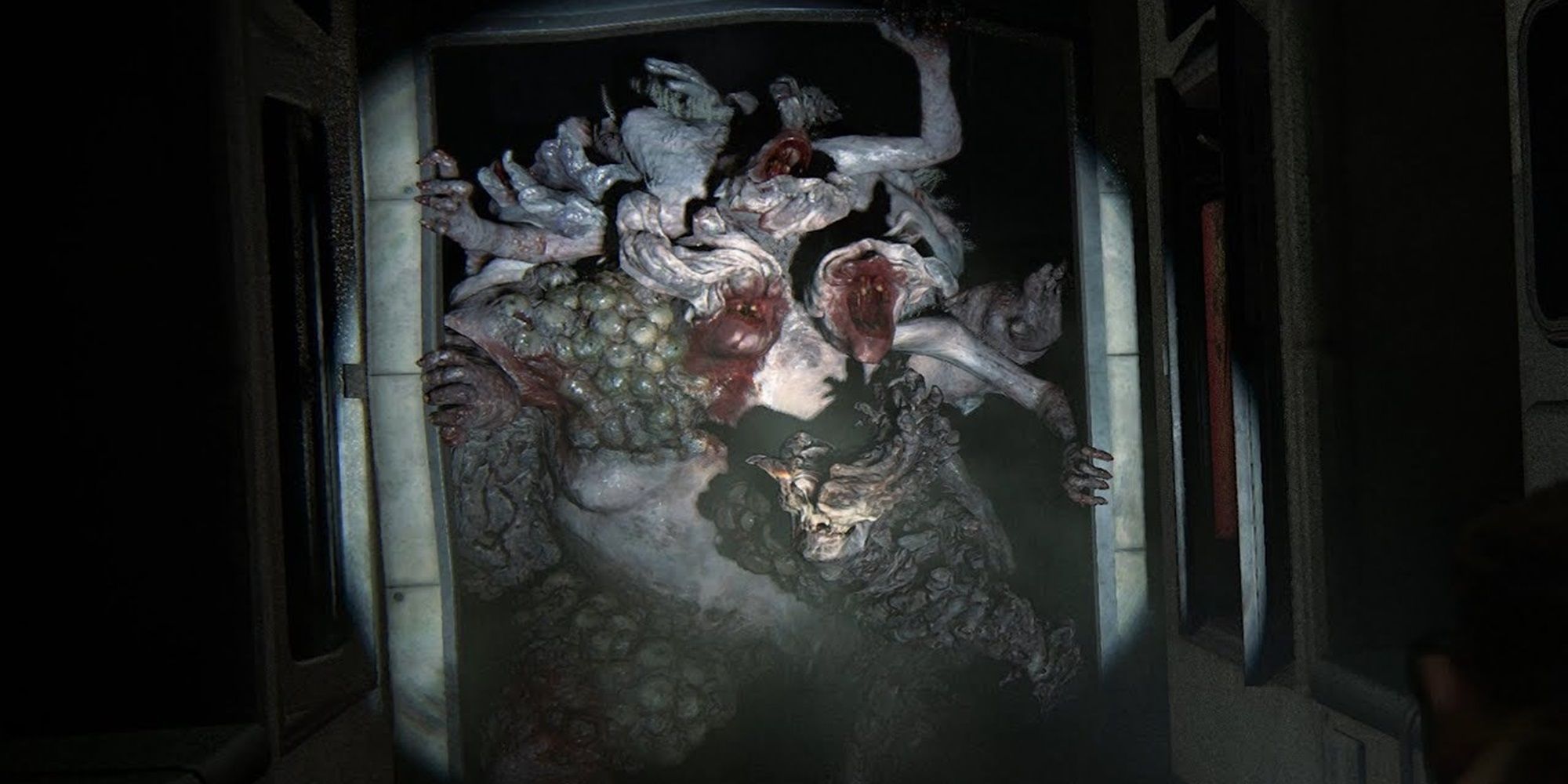Summary
- The Last of Us TV show made key changes to adapt the game, focusing on character perspectives and reducing infected encounters for a more impactful experience.
- The scarcity of infected in the TV show made them more terrifying, emphasizing the danger and desperation for a cure in the post-apocalyptic world.
- The showrunners have promised more infected in season 2, potentially addressing criticisms and adapting elements from The Last of Us Part II.

Warning: This article contains spoilers for The Last of Us Part II.
HBO’s The Last of Us was criticized for featuring far fewer infected encounters than the game – but those complaints miss what’s so great about the show’s approach. From Joel’s devastating loss on the outbreak day to his fateful decision at the Fireflies’ hospital, The Last of Us season 1 faithfully adapted every major plot point from the video game and brought this powerful post-apocalyptic father-daughter story to a whole new audience. But it wasn’t a completely straightforward adaptation of the game; showrunners Craig Mazin and Neil Druckmann made some key changes in translating the story to a new medium.
The TV show used its cross-cutting abilities to show perspectives that the game couldn’t show, like Bill and Frank’s touching love story or Ellie’s birth. It also made Joel a lot softer and less of a cold-blooded killer, because violence plays differently in the passive experience of a TV show than the active experience of a game. The TV show also drastically reduced the number of infected that Joel and Ellie encountered on their treacherous journey across the country. That made the story less action-packed, but it also made the infected encounters a lot more effective.
The Last Of Us TV Show Was Criticized For Its Scarce Infected Encounters
In the game, infected are lurking around every corner

In The Last of Us TV show, Joel and Ellie hardly ever encounter any infected. They spend long stretches walking through the wilderness and climbing through urban rubble without being bothered by a single infected. When Henry takes them down to the tunnels below Kansas City, where FEDRA supposedly drove all the infected into hiding, the tunnels are empty. When Ellie and Riley are in the mall, they’re not swarmed by a horde of infected like in the Left Behind DLC; they’re attacked by one clicker. And there isn’t a single infected blocking Joel and Ellie’s path to the hospital.
This is nothing like the game. In the game, the infected are a constant presence, lurking around every corner. Joel is never too far away from having to sneak past a swarm of clickers or shotgun-blast the heck out of a bloater. Every location is crawling with infected, which provides a persistent reminder of just how desperately this world needs a cure. In the TV show, the infected don’t seem to be much of an issue, so the cure doesn’t seem like such a desperate need. But that criticism misses the genius of the show’s infected approach.
The Last of Us season 2 is slated to air sometime in 2025.
Every Time The Infected Appeared In The Show, A Major Character Died
The infected appeared less, but made a bigger impact
Every time the infected showed up in The Last of Us season 1, a major character died. After Joel and Ellie’s first encounter with clickers in the museum, Tess was bitten. (Ellie was bitten, too, but since she’s immune, it didn’t matter.) After the horde’s attack in Kansas City, Sam was bitten (and both Kathleen and Perry got ripped apart, but no one was sad about that). After Ellie and Riley ran into a clicker in the mall, they both got bitten (but only Riley turned).
All these deaths were taken directly from the game itself – except for Kathleen and Perry, who were created specifically for the show – but they didn’t have a dozen infected encounters in between them to make the infected seem easier to handle. It makes the infected seem a lot deadlier if they actually kill someone every time they show up on-screen. The TV show’s lack of infected might have been disappointing to anyone expecting an action-packed show, but it was actually a genius move.
The TV Show's Lack Of Infected Made It Even Scarier When They Did Show Up
The scarcity of infected made them more terrifying

If anything, the scarcity of the infected in The Last of Us TV show made the infected even scarier. If they kill a major character every single time they show up, then the infected seem like a real threat. In the game, after a couple of dozen infected encounters, clearing out a room full of infected becomes a rote, mundane task. Most infected encounters are there to pad out the gameplay, and Joel and Ellie’s plot armor means they make it out of every single scrape with the infected unscathed (or slightly scathed, but nothing a health kit can’t fix).
The TV show’s approach to the infected is much more realistic. If a fungus really did take over the world and turned infected humans into flesh-eating zombies that grow impenetrable body armor around their skin, then it would be nearly impossible to survive an encounter with one. If clickers were real, anyone who was unlucky enough to encounter one would probably die. The game’s approach to the infected is perfect for the video game medium – it’s a fun combat challenge – but the TV show’s approach makes the story feel more grounded.
How The Last Of Us Season 2 Can Address The Show's Infected Complaints
Craig Mazin has promised more infected in The Last of Us season 2

In response to the complaints about how few infected appeared in season 1, Mazin has promised that The Last of Us season 2 will feature more infected. Mazin said that they didn’t think about their depiction of the infected on an episode-to-episode basis, but rather on a season-to-season basis, suggesting that season 2 will be rife with more infected than season 1. This is similar to the games’ approach. The Last of Us Part II upped the ante on the first game’s infected encounters, not only by featuring more encounters overall, but by introducing all-new kinds of infected.
As Cordyceps is evolving and more and more people are getting infected, new infected types like stalkers and shamblers start popping up in The Last of Us Part II. Ellie and Dina have to sneak through an abandoned subway station swarming with clickers and shamblers. Abby and Lev have to descend through a bombed-out hotel that’s become a nest of infected, with stalkers jumping out of the walls at every turn. Any one of these sequences would go a long way towards counteracting the infected criticism if they’re adapted as part of season 2.
There is one sequence from The Last of Us Part II that would instantly silence any complaints about an underwhelming lack of infected. When Abby sneaks into the “Ground Zero” section of the Seattle hospital to collect medical supplies, she bumps into a friendly fellow named the Rat King. The Rat King is a mishmash of infected that’s been festering at the bottom of the hospital since the outbreak, just waiting for some poor soul like Abby to cross its path. If The Last of Us season 2 features the Rat King, no one will be complaining about the infected.



